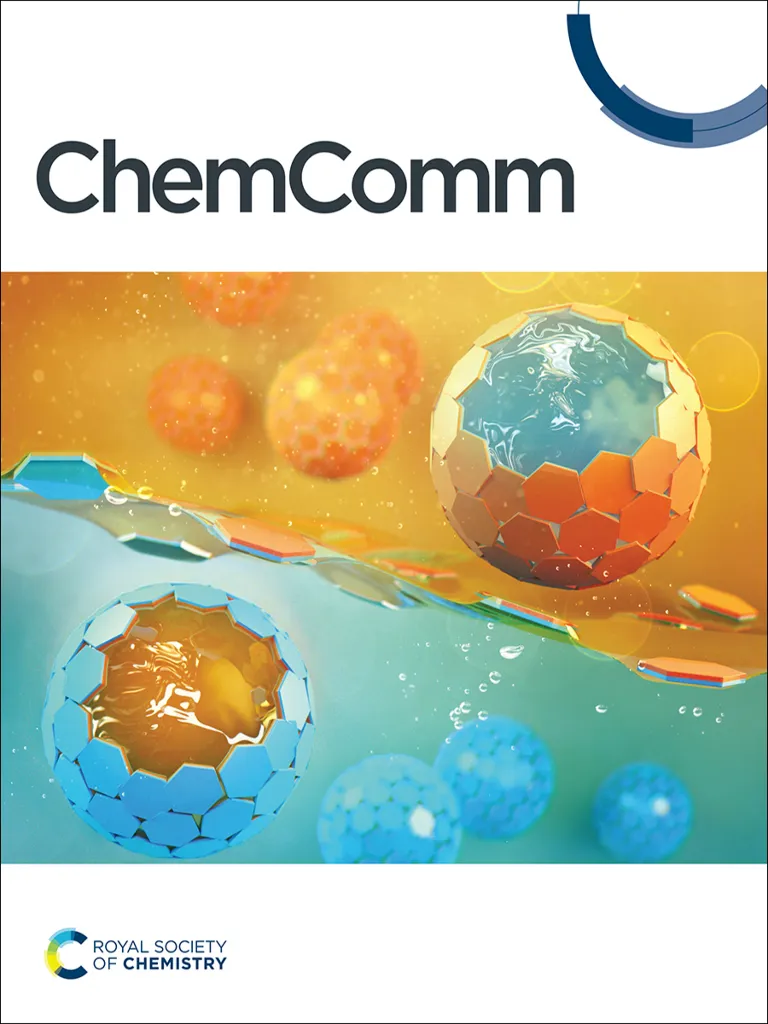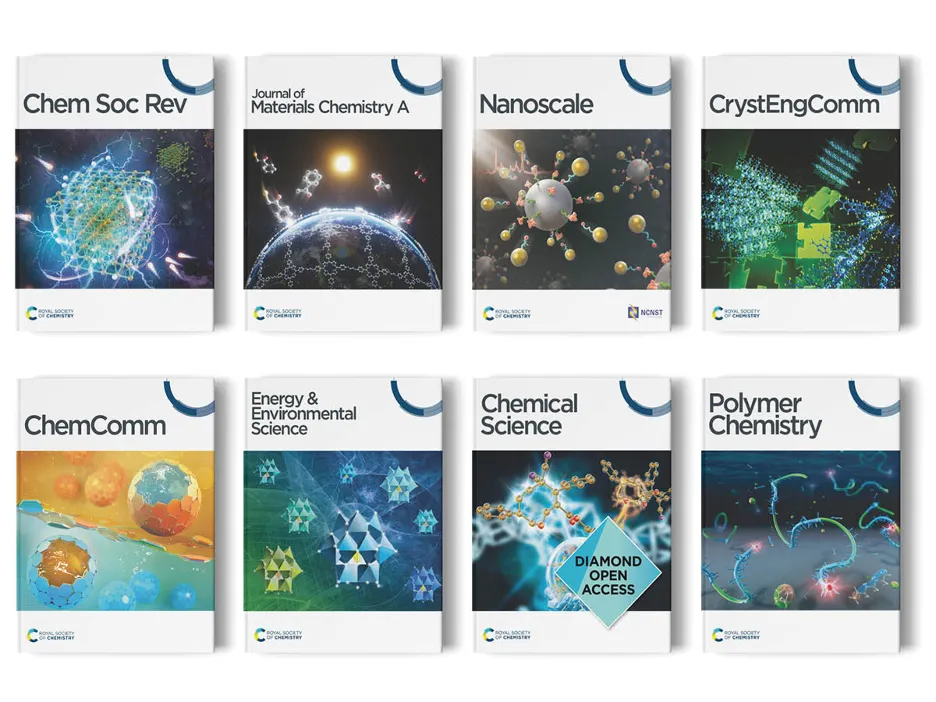Reactivity and self-assembly in confined spaces

Submissions now open
| Deadline: | 30 June 2025 |
|---|---|
| Guest Editors: |
Xavier Ribas Salamaña, Institut de Química Computacional i Catàlisi (IQCC) Huan Pang, Yangzhou University F. Dean Toste, University of California Berkeley Raul Hernandez Sanchez, Rice University |
|
This joint themed collection with Nanoscale aims to bring together contributions showcasing all topics of reactivity and self-assembly in confined spaces including the behaviour of chemical species within nanoconfined environments. Reactions at confined sites generally exhibit high rates and exquisite selectivities that differ from those occurring in bulk solution. The confinement spot can be considered as a second coordination sphere of the catalyst, reminiscent of enzymatic active sites. The orientation of the reagents and substrates is controlled by the special environment around the confined site leading to highly selective transformations. As such, structural constraints and weak interactions conspire to decrease activation barriers of precise reactions to furnish rapid chemo-, regio-, and stereoselective transformations. Therefore, shedding light on reactions occuring at confined spaces is crucial to tame their reactivity and add another level of control to catalyst design. Reactivity and self-assembly in confined spaces would cover the behaviour of chemical species within nanoconfined environments such as colloidal nanoparticle surfaces, polymeric nanosystems, coordination cage cavities, and nanopores within porous materials. Open for submissions to either or both of these journals:
Please mention that your submission is an open call contribution to the Reactivity and Self-Assembly in Confined Spaces collection in the “Themed issues” section of the submission form and add a “Note to the Editor” that this is from the open call. The Editorial Office reserves the right to check the suitability of submissions in relation to the scope of both the journal and the collection, and the inclusion of accepted articles in the final themed issue is not guaranteed. |
|
ChemComm
Impact factor
4.2 (2024)
First decision time (all)
17 days
First decision time (peer)
23 days
Editor-in-chief
Douglas Stephan
Open access
Hybrid
Related pages

Publish with us
Get your work the international recognition that it deserves.

Our journals
We publish over 50 world-leading journals that span the core chemical sciences and related fields.

Sign up for journal email alerts
Get table of contents alerts and notifications about calls for papers, themed issues and more.